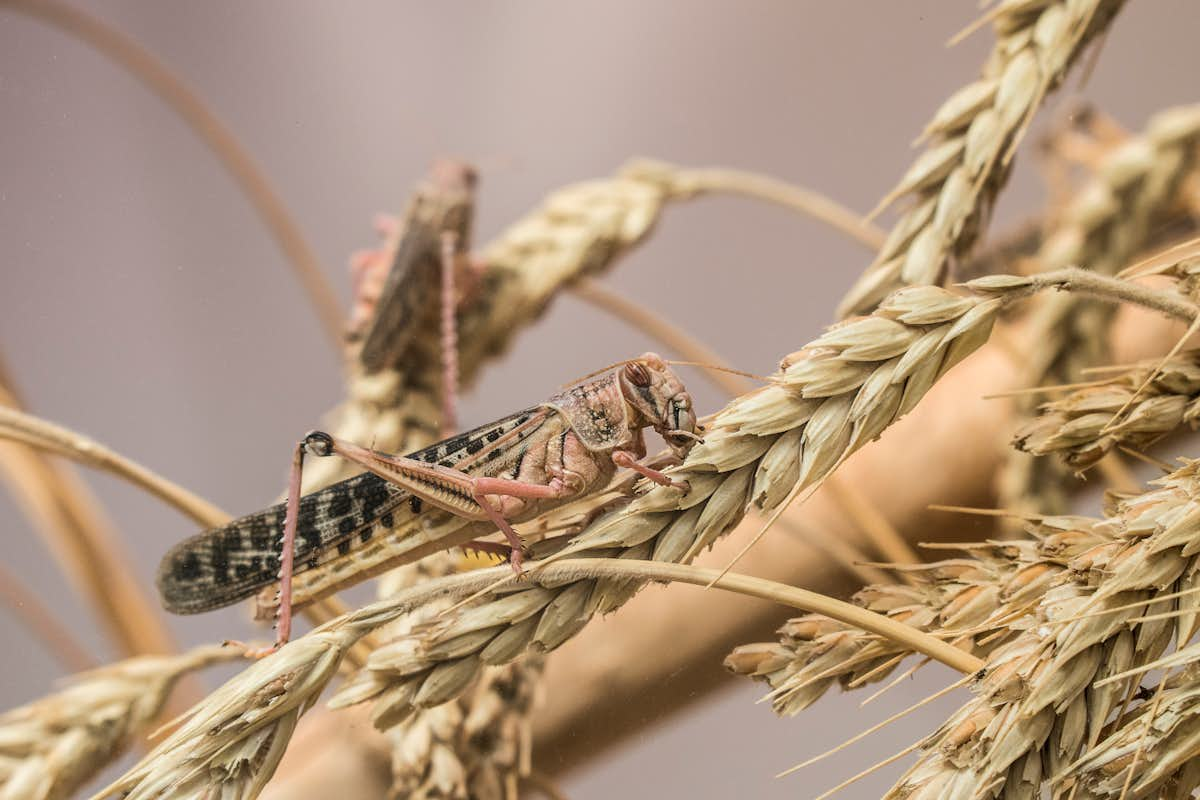An emerging understanding of smell
Researchers learn about sensory experience by modeling bug brains

To find out, you could rely on biological sciences, using high tech imaging methods, or studying anatomical diagrams. You could even get philosophical and ask, “What is smell, anyway?”
Or, you could turn to engineering.
That’s what Shinung Ching, an associate professor in the McKelvey School of Engineering at Washington University in St. Louis, did.
Ultimately, Ching, who is in the Preston M. Green Department of Electrical & Systems Engineering, and doctoral student Sruti Mallik developed computational models of neural circuits that mimic the sensory act of smelling. They found the models also manifest certain properties analogous to those observed in olfactory sensory processing in insect brains.
The research was carried out in collaboration with Baranidharan Raman, professor of biomedical engineering. It was published earlier this spring in The Journal of Neuroscience.
In order to build a model that mimicked the process of smelling, the research team first had to mathematically describe the process of sensory detection. Then they built computational models of neural circuits that would best satisfy those mathematical constraints.
Researchers found that the model developed emergent properties — properties that are more than the sum of their parts, so to speak — similar to properties seen in an insect’s antennal lobe, which is important for its sense of smell.
“What we did was to ask, as engineers, how might we think about building a brain network that enables the detection of different smells. In pursuing this question, what came out was something that looked remarkably biological in nature,” Ching said.
“This was exciting since it gave us a new hypothesis, grounded in engineering theory, about how the brain achieves this type of sensory processing.”
The team plans to extend this framework to study olfactory processing in other organisms, as well as other forms of neural information processing.
This research was supported by Grants EF-1724218 (S.C., B.R.), IIS-1453022 (B.R.), and CMMI-1653589 (S.C.) from the National Science Foundation.




